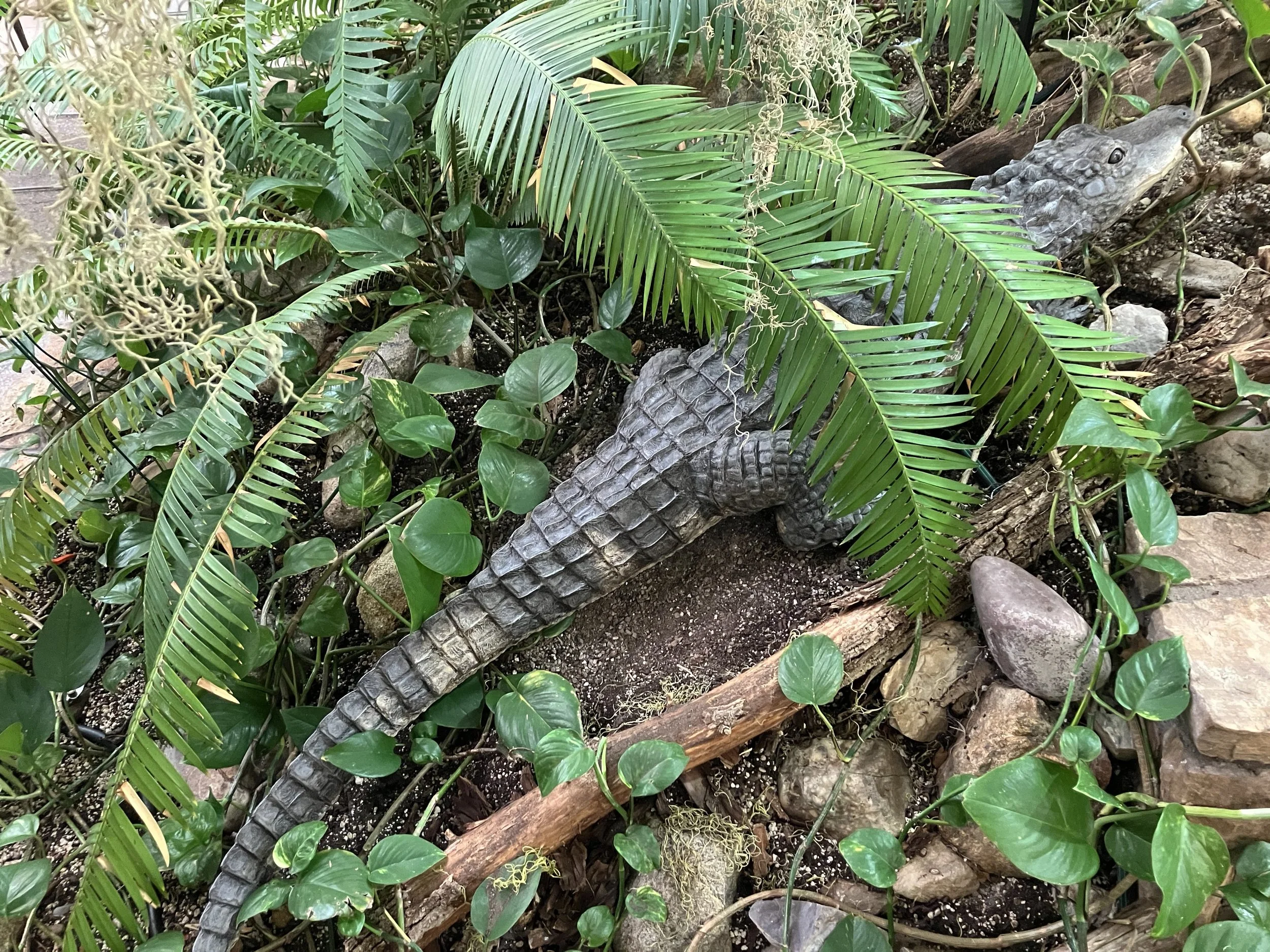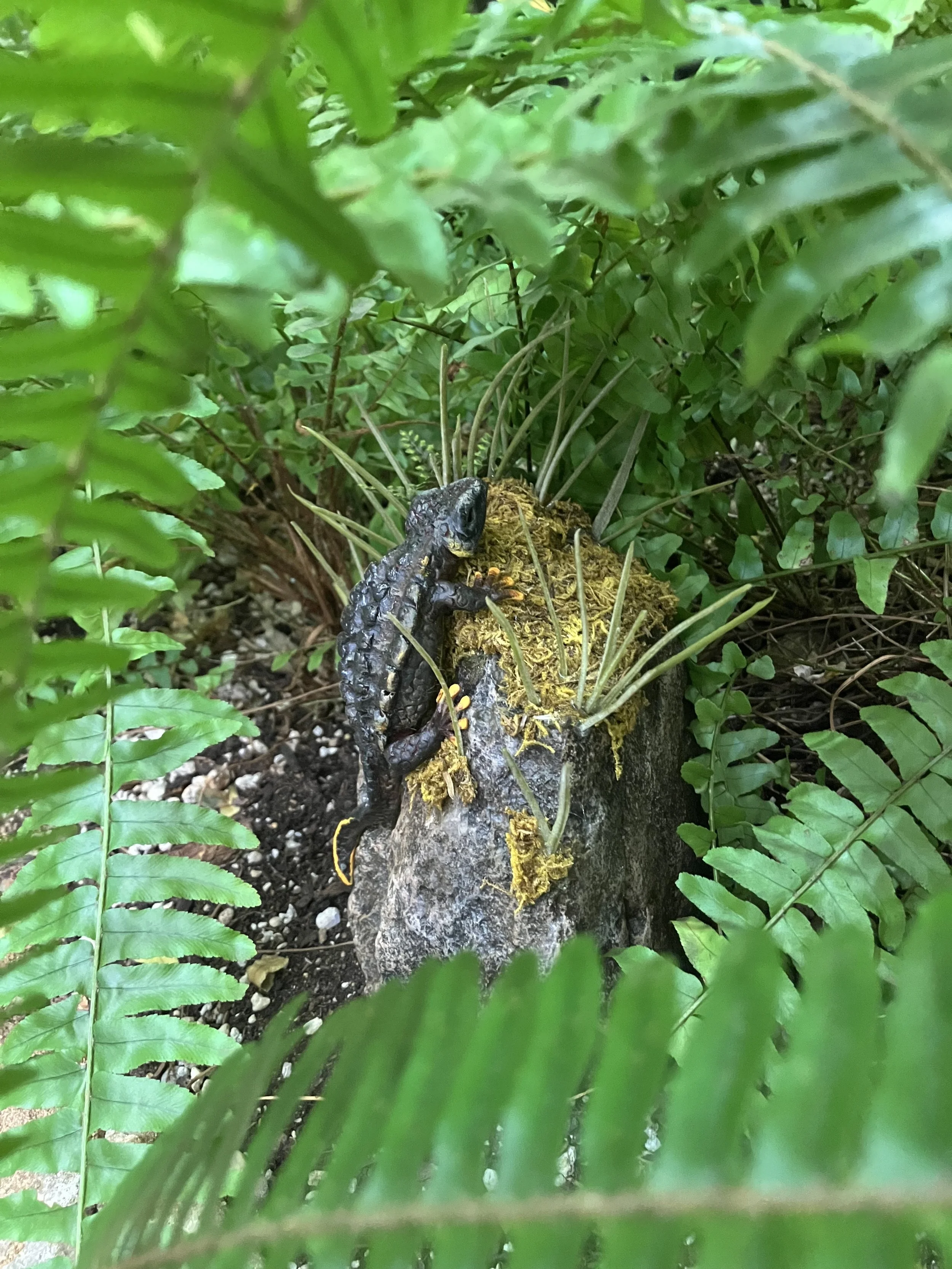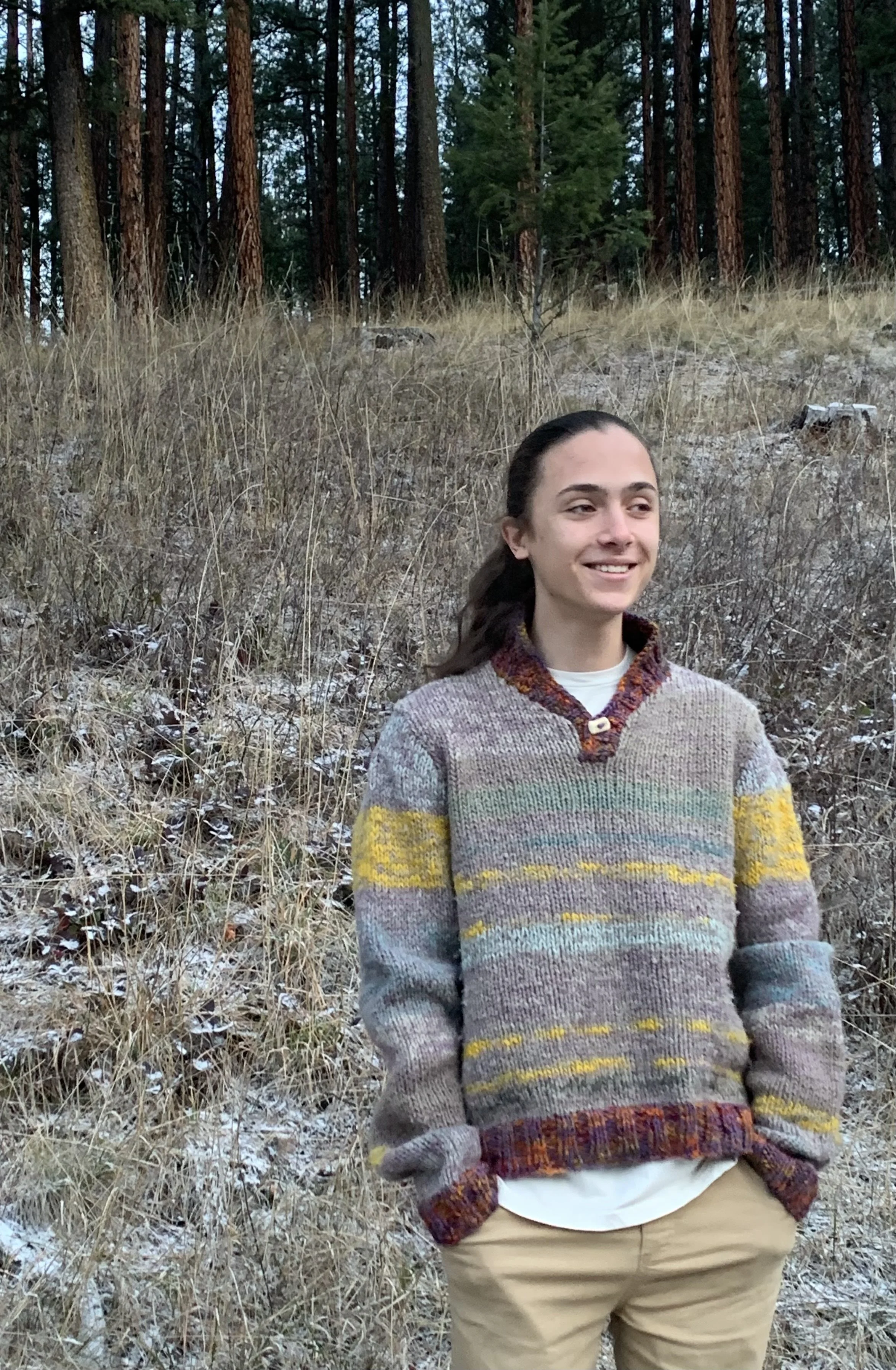Toxic Pesticides & Their Role in the Sixth Mass Extinction
By: Lauris Reintjes
Species are going extinct 100, 1,000, some estimate 10,000 times faster than they should. This spike in the background extinction rate is called the Sixth Mass Extinction and is threatening every species on Earth, even those driving it. For a while, I’ve been making mixed media sculptures of these animals. I do this to bring attention to the environmental crisis the world’s species are facing. While making each animal, I look at hundreds of photos and read and listen to as much about them as possible. During this research a common tie among nearly every species is the threat of pesticides and other types of chemical pollution. Pesticides have three main evils: their climate effects, their human health impacts, and their effects on the environment. However, these effects are linked. What makes pesticides good at killing animals is what makes them dangerous to humans. Origins as petrochemicals is one of the things that makes them so hazardous. Soils and the destructive effects of pesticides must become one of the biggest parts of the climate conversation, because reducing pesticide use rapidly increases soil CO2 sequestration and provides a real, simple way of addressing the climate crisis. It also saves innumerable species lives, decreases global inequality, and reduces the human suffering induced by pesticides.
ENVIRONMENTAL: Pesticide mode of action is not unique to the species they are intended to kill, they are effective removers of all life, not just pests. In the U.S. about 1.5 million insects are killed annually per acre by pesticides, totalling to 3.5 quadrillion. This massive reduction removes the bottom of the food web in many ecosystems. Often resulting in ecosystem collapse as many secondary consumers go without food, die off, and then cause those reliant on them to die, and so on up the food web. An extremely conservative estimate of 6-14 million fish are killed annually by pesticides, most of them by something called biomagnification. Biomagnification makes miniscule amounts of pesticides deadly by concentrating them. Essentially, herbivores accumulate pesticides from plants inside of them, then predators eat the herbivores accumulating the pesticides from them in their bodies; this can eventually kill the animal.
CLIMATE: 99% of pesticides are derived from petrochemicals and they can even be greenhouse gasses in and of themselves. A world with minimized C02 emissions has no place for these synthetic products. Soils are the second largest carbon sink in the world. When pesticides are applied they kill soil microorganisms that are doing the sequestration and can turn the soil into a carbon source as it releases stored C02. This same principle means that when soils are cared for they have enormous potential to store CO2. However, the warmer world pesticides create has been found to double their toxicity in aquatic ecosystems, meaning a warmer world is also a more poisonous one.
HUMAN HEALTH: Not only do pesticides kill animals, plants and the planet, they also kill people. The neonicotinoid insecticide used in my high school is 7,000 times more toxic than DDT. Another pesticide, also used at my school triples the risk of Parkinson’s. The list of chronic, acute and fatal diseases goes on and on. Companies selling these poisons profit off of human deaths in the same way they profit off of climate collapse. As the world turns away from fossil fuel energy the same companies are turning to plastics, pesticides and other chemical pollutants to make their profit. These are the same stories. The companies are aware of the dangers, yet hide them from the public for as long as possible. We can’t keep supporting industries that profit off of suffering.
Monarch Butterflies
Chinese Alligator
Black Bellied Pangolin
Chinhai Spiny Newt
Tridacna Gigas Giant Clam
About the Artist:
Lauris Reintjes is a high school student in Missoula, Montana. He spends his time making mixed media sculpture of Endangered and underrepresented animals, volunteering with Grow Safe Non-Toxic Missoula (a non-profit advocating for the removal of toxic pesticides), and contra dancing. He hopes one day to be able to go to school without being exposed to poisons, to go on a hike and not have to smell them, and to be able to walk on grass without worrying about why it is so green.





